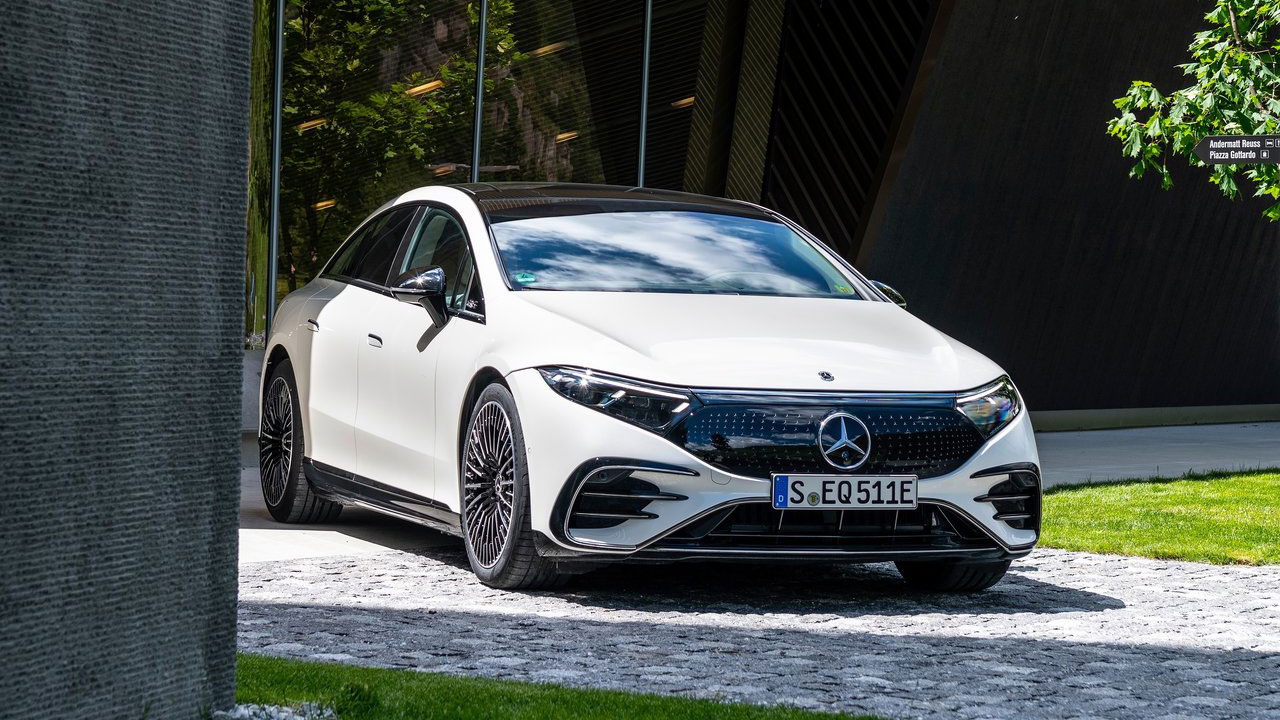Mercedes initially experimented with adding a small gasoline engine to the EQS. This unit wasn’t for driving but for generating electricity to extend the vehicle's range. However, an insider at Mercedes described this approach as "transitional technology" that brought minimal benefits at high costs.
According to Autocar`s report, the test involved a two-cylinder, 1.0-liter version of the M254 engine. It was paired with a rear-mounted electric motor producing 268 horsepower and powered by floor-installed lithium-ion batteries.
Despite fears that introducing an internal combustion engine might increase the car's weight, it did not affect storage capacity because no front trunk existed in these models. The EQS 450+ weighed in at 2,540 kilograms (5,597 pounds), while the AMG version touched 2,700 kilograms (5,952 pounds).
Adding the internal combustion engine would also bump up prices due to extra hardware expenses. Consequently, because of these cost implications and little added utility over advances in battery technology, Mercedes abandoned this path.
The company is now pouring its resources into enhancing its fully electric lineup. For instance, the upcoming 2025 EQS model will feature an increased battery capacity of 118 kWh compared to its predecessor's 108.4 kWh. It will potentially offer a maximum range of up to 820 kilometers (511 miles) according to WLTP standards.
Source: Autocar

